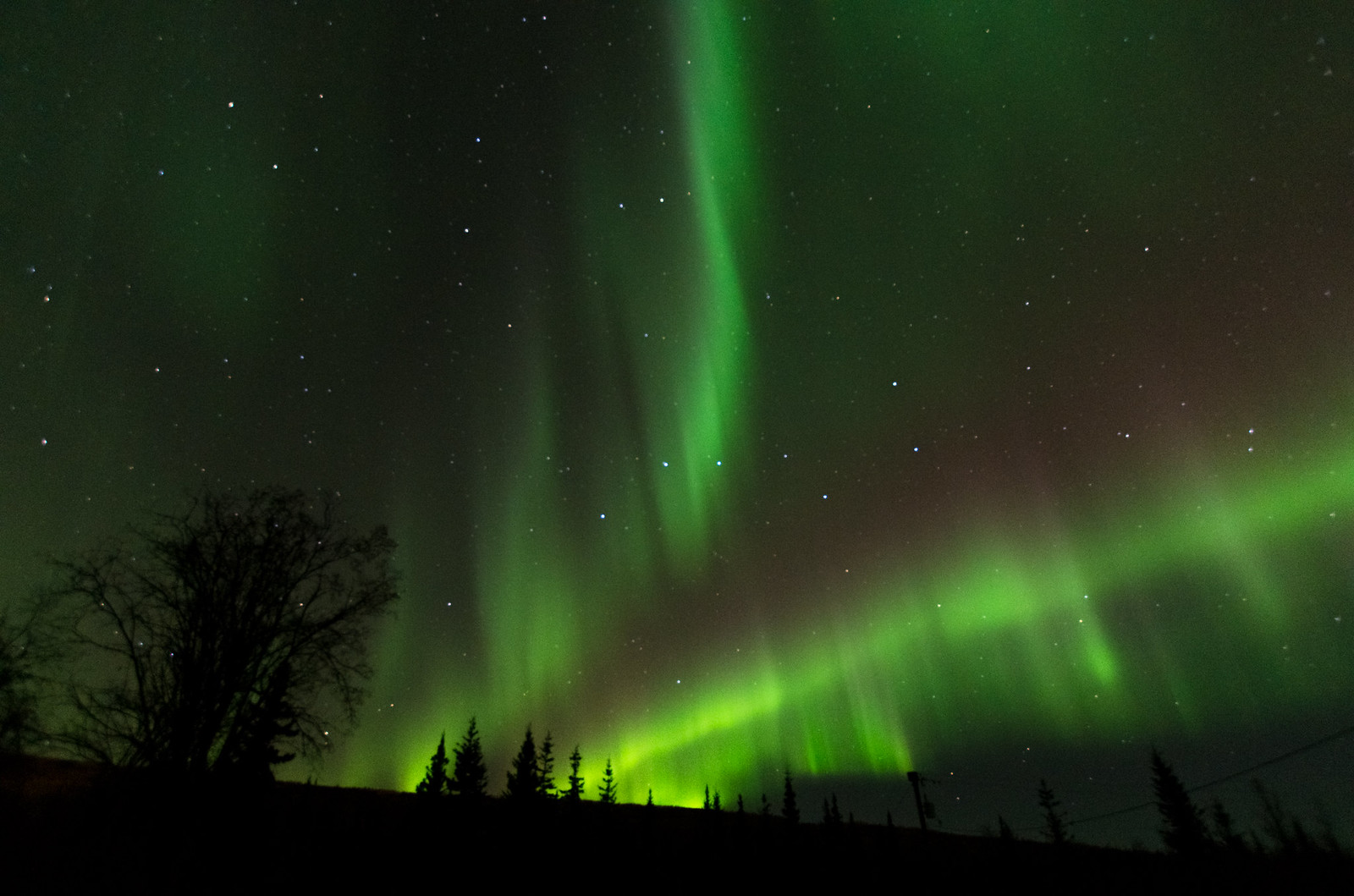 Originally posted by nocturnal
Originally posted by nocturnal 
Not a lot of good advice at all, it is clear that nobody here understands the principle of 'clear aperture' and how important it is with faint light sources...
I dare to have a different point of view on this (the understanding part) and I'd suggest you try to be less judgmental and open to broaden your repertoire of concepts. If fully agree on
 Originally posted by nocturnal
Originally posted by nocturnal 
A K1 with a 35mm f1.4 or 24mm f1.4 is the way to go or use APSC but this is an advantage of full frame, i.e. you can use longer focal length lenses to suck in more light for the same field of view.
... given you use the same
relative input-referred aperture, or 'f-stop'. For telephoto lenses btw., the absolute aperture size is most often determined by the front element size, so as a rule of thumb, you can use the lenses diameter to judge the light gathering abilities irrespective of the sensor format. But a new full-frame camera doesn't fit the original poster's budget at all anyway, nor is it required for taking beautiful pictures.
Now back to the original poster's question: The goal is to photograph the Aurora borealis, which happens to be neither very faint on reasonably good days, nor is it a collection of point sources (stars) with a lot of black in between, nor do all the beautiful structures tend to fit the field-of-view of a 24mm lens on APS-C in the Yukon territory, nor is it static enough to stitch together multiple exposures. Therefore, the 'clear aperture' criterion in not 'the one to rule them all'. Being a moving and shape-shifting 'subject', it has to fit into the frame at once for a single exposure, leaving ultra-wide lenses as the only practical option. Luckily, being a spatially continuous phenomenon, even with the smaller absolute aperture diameter - in contrast to point sources like stars - the tiny open aperture of an ultra-wide lens will record light from an inverse-proportionally larger spherical angle of view on each sensor site, bringing us back from astro-photography to the same principles as for daylight photography: Two exposures exposed at the same relative aperture (f-stop), from two lenses of different focal lengths, other parameters unchanged, will be equally bright, just showing different fields of view.
So I find most of the advice above very relevant: Bring an ultra-wide lens with f/2.8 or better if you can, consider selling it later to reclaim a significant portion of the price to stay within budget, optionally add something like a really inexpensive but good 50/1.7 (otherwise use the 40/2.8) for the 'narrow' view shots and practice before you leave. Some moon-lit clouds under windy conditions can be similar in brightness to the Aurora borealis and do move as well as change shape. For examples on all of this, see the
samples already linked above.
Last edited by JensE; 12-11-2017 at 06:46 PM.


 Similar Threads
Similar Threads 









 .
.




 Post #26 by skierd
Post #26 by skierd








